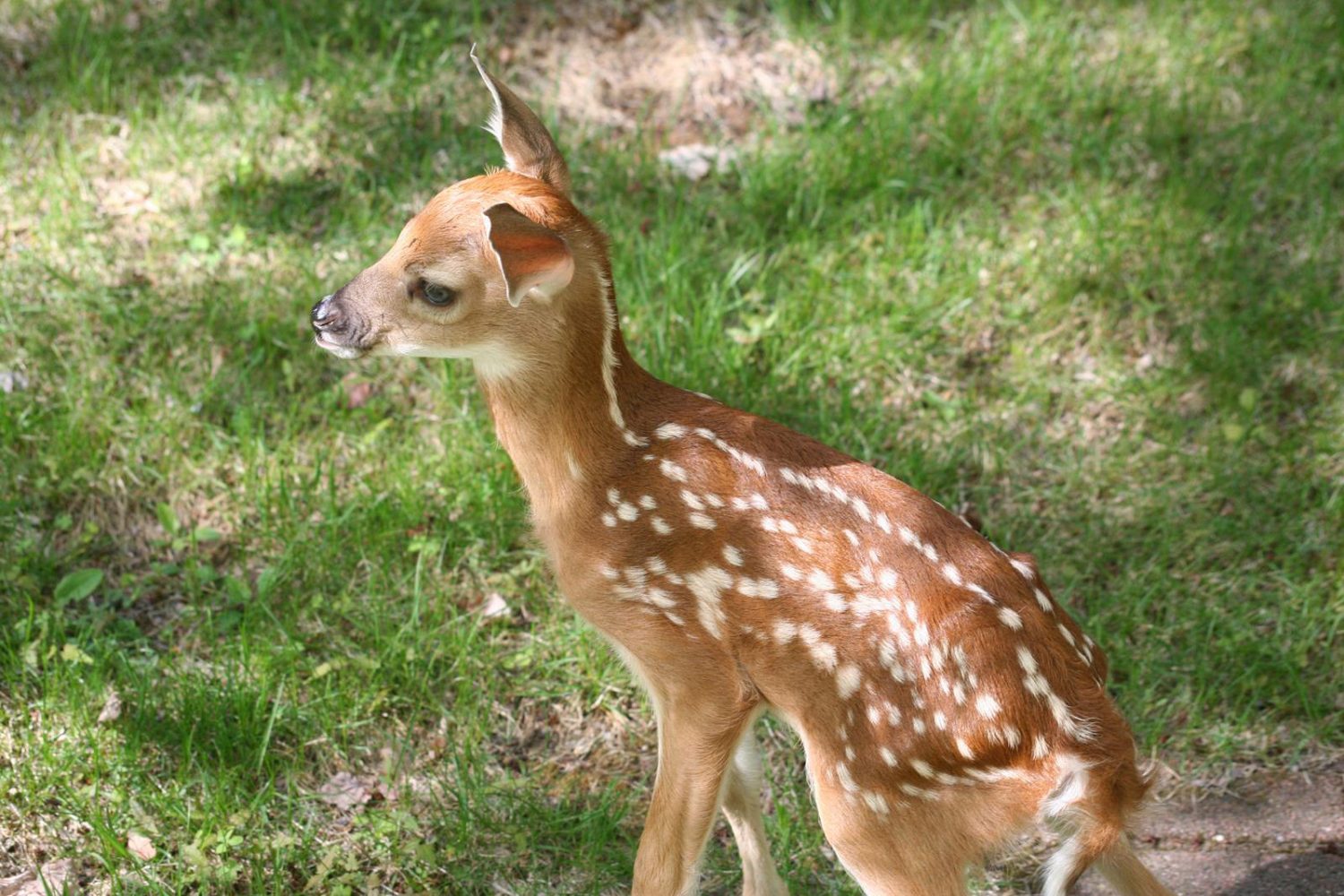Fawn sightings begin; spring is in the air and in the woods

By Roger Sabota
Special to the Star Journal
Spring is that time of the year when it seems as though everything in the outdoors is coming to life. By early May the woods are filled with good, nutritious foods. Early spring, that narrow interval between winter and the “fawning season” is a highly sociable time of the year for whitetail deer.
Adult whitetail deer bucks and does live apart. The exception to this situation is during the rut; mature bucks, those two years old and older, join fraternal groups. These groups consist of two to six compatible males, usually unrelated. In some areas spring migration of whitetails takes place in March or April or just as soon as temperatures moderate.
In early spring even sap flowing from trees enters into a portion of a whitetail’s diet. For many forest dwellers spring is the season of birth. The doe gives birth either while standing or in a prostrate position. Fawns are sometimes born in grassy openings but others are “dropped” in heavily wooded or brushy cover. Usually dry upland sites seem to be preferred over low wetlands.
Siblings are usually born about 15 to twenty minutes apart; twins are the norm, however triplets are common. First time mothers and older does that were poorly nourished the previous fall probably will have a single fawn. For years we heard that older does are “dry does,” but the accuracy of that observation is questionable. A doe 12 years of age and older can regularly produce viable fawns.
The fawn begins nursing almost immediately after birth. This nursing takes place with the doe lying on her side. The doe spends four to six hours at the birth site with her newborn. She licks them clean, carefully consuming traces of afterbirth.
Early in a fawn’s existence, before it is strong enough and agile enough to escape danger, it spends much of its life, sometimes as much as 12 hours a day, hiding. During this period the motionless fawn’s camouflage coat, the fact that a newborn fawn has very little scent and its mother’s defense are all they have for protection.
Each spring I begin looking for spotted fawns. Most years it is mid-June before we are able to say, “We saw a tiny fawn today.” The fawns with their spotted coats are very difficult to see especially as they move in thick cover. On Monday, June 1st, Judy and I were driving to an area lake pulling the boat. We saw something on the edge of the road ahead of us, perhaps 100 yards or so.
As we got closer we could make out a tiny fawn with a mature doe standing on the side of the road watching us. She let us get within about 30 feet, and then walked into the thick brush on the side of the road. The fawn stood on the shoulder of the road a bit longer then took several steps into the brush. Just like that it disappeared from sight.
Of course our attempt to dig out the camera was not quick enough to get a picture. My concern was that the doe only had one fawn and we had just experienced a very mild winter. Of course there could have been another hidden by the tall grass.
During the past month we have frequently heard about bears that were making pests of themselves. The advice from persons who have lived in the forest for years is, “do not leave any food out in your yard.” Even the grill should not be left out.
One friend told about sitting in the house watching the 6 o’clock news when they heard a noise on their deck. An adult bear and two cubs were trying to get at the bird feeder on the deck. Black bears are one of the predators that kill and eat fawns.
And finally, after many years the Curt Ebert Memorial Musky Tournament held on Boom Lake and the river will not be held this year. We thank Lee Bastian for the many years that he was involved in running this enjoyable tournament.
Longtime Northwoods outdoors enthusiast Roger Sabota writes a bi-monthly column for the Star Journal.
Leave a reply
You must be logged in to post a comment.

